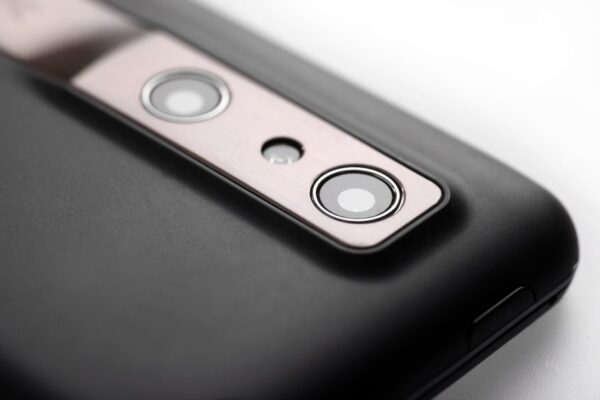
The professor and student are both based at Dartmouth College’s Thayer School of Engineering and have published a paper in IEEE Electron Devices Letters on novel pixel that can count the number of electrons released into the conduction band by a photon.
Rambus Inc. (Sunnyvale, Calif.), where Ma worked as an intern for two years, has funded the QIS project.
The sensitivity of the new sensor pixel significantly improves low-light sensitivity that can be important for security cameras, astronomy and life science research.
Fossum says that one of the several challenges in the QIS is to count how many electrons are set free by photons and thus effectively count photons. This is particularly important in very low light applications, such as in life science microscopy, photography, or even possibly quantum cryptography and the Internet of Things. "When we build an image sensor, we build a chip that is also sensitive to these photons.
"We were able to build a new kind of pixel with a sensitivity so high we could see one electron above all the background noise," said Fossum, in a statement. These pixels are able to sense and count a single electron without resorting to such measures as cooling the sensor or avalanche multiplication.
As they are only designed to sense a single-photon, the QIS pixels are considerably smaller than conventional CMOS image sensor pixels, which are typically of the order of 1-micron by 1-micron. Therefore to capture the same amount of light from a scene a sensor would need many more of the pixels. "We’d like to have 1 billion pixels on the sensor and we’ll still keep the sensor the same size," said Ma, in the same statement.
Next: Engineered for commercial compatibility
Fossum said the QIS pixel has been engineered as much as possible to be compatible with conventional CMOS image sensor technology so that it will be easy for commercial adoption.
One of the remaining challenges is how to read out a billion pixels hundreds or even thousands of times a second without dissipating too much heat and how to efficiently perform signal processing to create images from the billions of pixels.
The paper is titled: Characterization of Quanta Image Sensor Pump-Gate Jots with Deep Sub-electron Read Noise.
Related links and articles:
News articles:
OmniVision offers iris-recognition sensor
Circularly polarized light detector on a silicon chip
Pause forecast for CMOS image sensor market
Companies missing from CMOS image sensor rankings
 If you enjoyed this article, you will like the following ones: don't miss them by subscribing to :
eeNews on Google News
If you enjoyed this article, you will like the following ones: don't miss them by subscribing to :
eeNews on Google News



